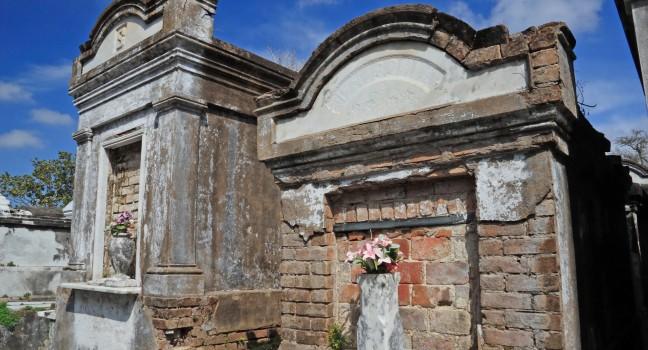Lafayette Cemetery No. 1

New Orleans found itself amid a large influx of Italian, German, Irish, and American immigrants from the North when this magnolia-shaded cemetery opened in 1833. Many who fought or played a role in the Civil War have plots here, indicated by plaques and headstones that detail the site of their death. Several tombs also reflect the toll taken by the yellow fever epidemic, which affected mostly children and newcomers to New Orleans; 2,000 yellow fever victims were buried here in 1852. Movies such as Interview with the Vampire and Double Jeopardy have used this walled cemetery for its eerie beauty. Save Our Cemeteries, a nonprofit, offers hour-long, volunteer-led tours daily at 7:00 am. All proceeds benefit the organization's cemetery restoration and advocacy efforts.



